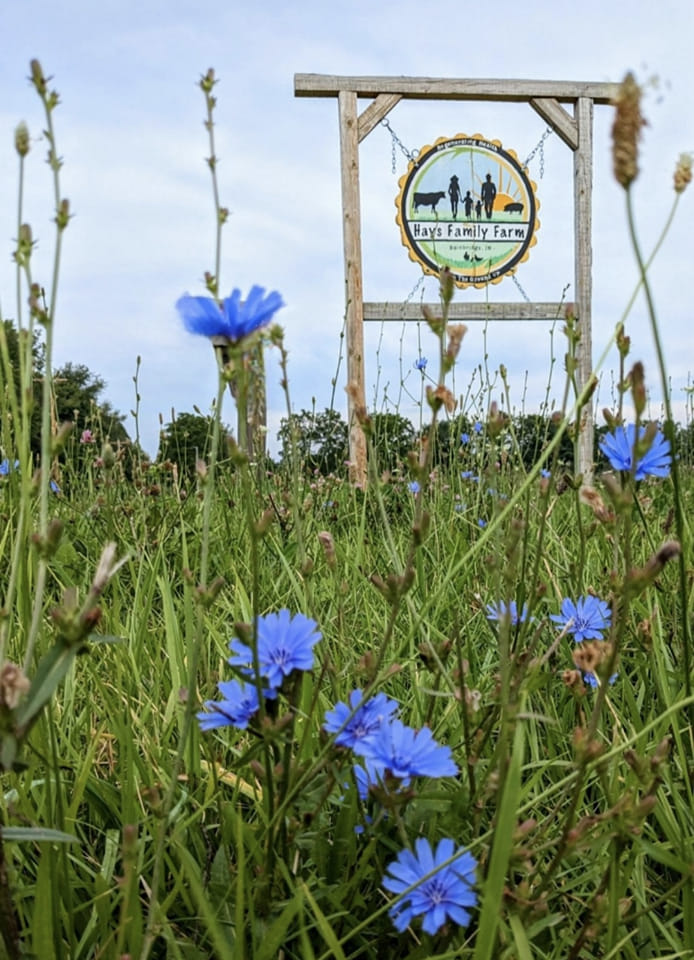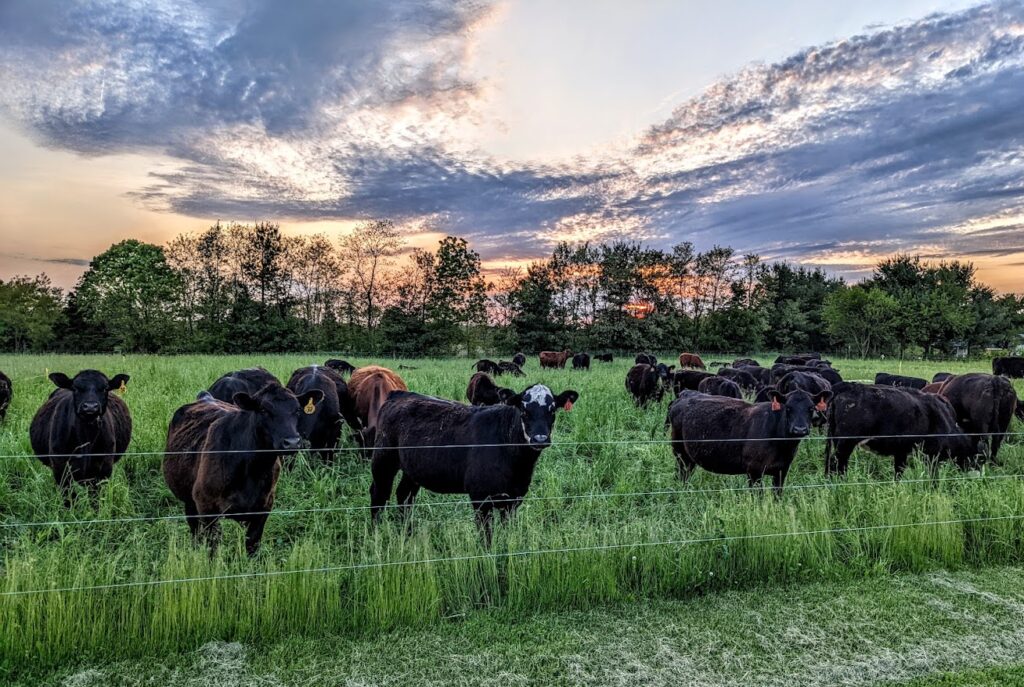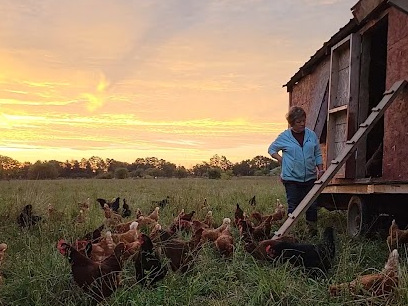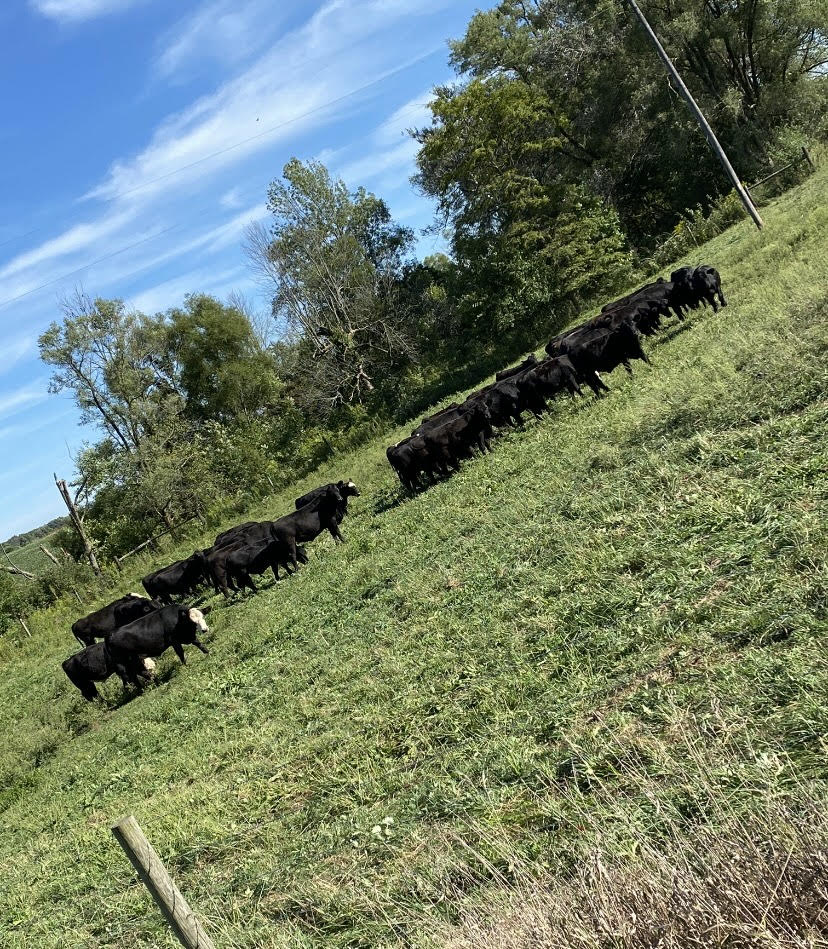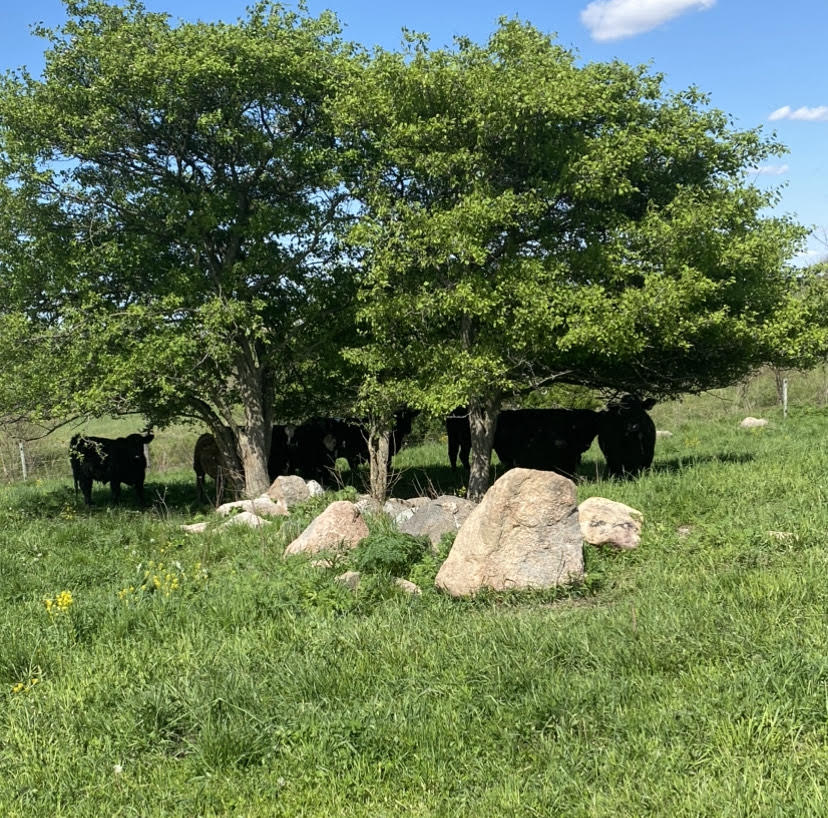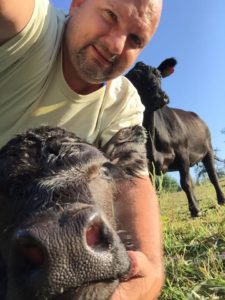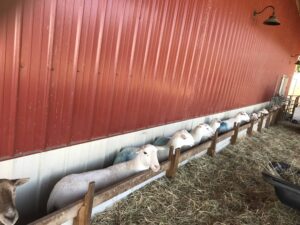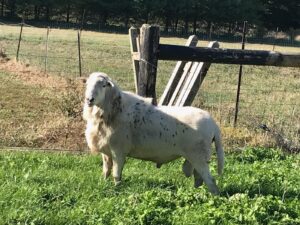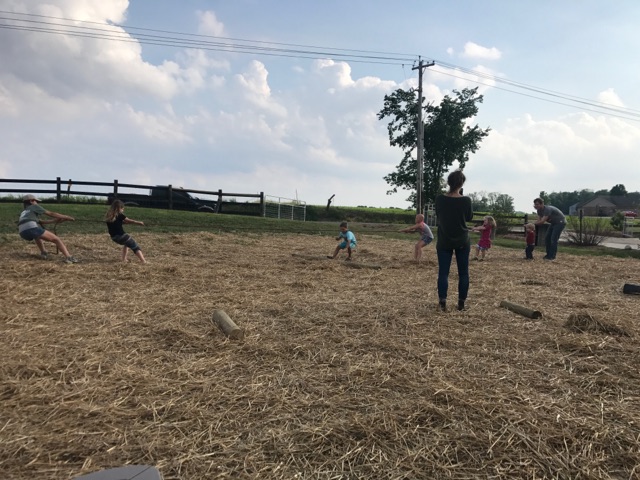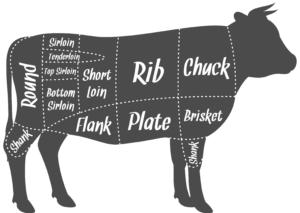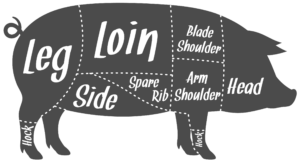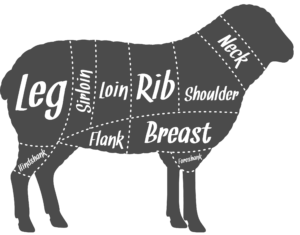If you walk through the doorway speaking of Cauliflower at This Old Farm you’ll see heads turn and eyes glare as if you just spoke the most horrid word. I was visited last week by a church friend as I unpacked, washed in ice water, and then repacked somewhere around 200 cases of cauliflower. It was nice to see a familiar face pop in when we had an unexpected adventure upon our hands that left for a less than pleasant afternoon. The church friend said he wasn’t even aware that we did produce distribution. It is the side of the business that probably gets less press out there, though it accounts for about 30% of our total sales volume. For the last two years, I have worked to encourage growers to grow chemical free produce. I connect them with a growing market interested in locally grown produce. But not without its challenges. Distribution of local product is difficult in that the infrastructure has disappeared. The knowledge in growing a variety of crops seems to be almost gone. I spend a lot of time talking to first time growers about the possibilities of putting out a crop. I know we have to cultivate the future so each new grower brings excitement to the table. Yet it is the seasoned growers that bring stability to the system. Sometimes even the seasoned grower falls short. He has weather, market timing, pests, labor amongst a multitude of other factors weighing against his success. Usually it all falls in place just great. We put out a list of produce available on Monday after the growers call us on Friday to let us know what they have. We get orders through the week, call the growers for harvest and move that product a week later, almost 10 days after they have had to predict what they will have. It is not easy, but it is doable as has been proven. But in the case of Cauliflower all things went array. This Cauliflower was coming off a farm in Northern Indiana, grown by an Amish grower that is a seasoned grower in his 50’s I am guessing. Cauliflower is a hard crop to grow so we had been in contact all along watching the progress and ensuring the management of the crop. The grower’s son put out 10,000 heads of broccoli at the same time as dad put out 10,000 heads of cauliflower. We planned on taking a harvest of 4,000 heads a piece at a time. It came to harvest time and the broccoli crop was a total disaster. It had matured a bit late putting it on the week of Thanksgiving when our buyers were interested in nothing but surviving the hectic week. Of the 10,000 heads only 2,000 were mature at the same time. But one week later and a few warm days and they were over mature. I feel for the grower but it is time to move on and work on getting the cauliflower out of the ground. It is the first week in December and the temperature is expected to dive. It can withstand 20 degrees; the forecast is being watched carefully. It is now time to get the product on the truck. We had taken samples to our buyer and they looked great. Nice, beautiful, white heads of cauliflower. So much hope. Our normal job is to coordinate the purchase and delivery of the product. We pick it up and deliver it to the buyer. When Jeff arrived to pick up the product he found only 20 boxes harvested. Two hours from home and just 20 boxes done. He digs in for a long day of harvesting snow covered cauliflower. Unfortunately the family did not have the labor there needed to harvest the crop. They worked long and hard just to cut and box the product but there was no time to wash it. We settled on the fact that it was going to have to be brought in to wash at our facility and repack. We settled on the fact that we had much less product than had been promised. The next day we took 4 workers off there normal jobs for most of the day to wash and repackage the cauliflower. We culled out 20 cases of over mature cauliflower and put them in our produce coolers. It was still a great product for our employees to enjoy, just not perfect for the retail market. The rest of the product was delivered with a large sigh of relief. From there we enjoyed a great weekend just to come in the following week to receive pictures of bad cauliflower being discarded. I ran to the cooler to check on the cases that had been left behind and they still look great, but the customer lost 80% of the product. What happened? I later learned that the product had been wrapped in plastic to prevent it from desiccating. The wet product with no air circulation made for perfect decay environment. Something no one intended. The end of the story is that out of 20, 000 heads of cauliflower and broccoli only 20 cases were saved. Our hearts sink for the loss to the farmer. Our hearts sink due to the loss of product our buyer anticipated moving to a multitude of households. I share this only to shed light on the many steps of wonder between placing that seed in the ground and getting food to your table. Food is a true blessing. Savor each and every bit. Pat your farmer on the back for a hard job well done. Now on to next season when maybe we will dare to speak the word…… cauliflower once again.
Welcome to Hays Family Farm
Hays Family Farm
Meet the Farmers:
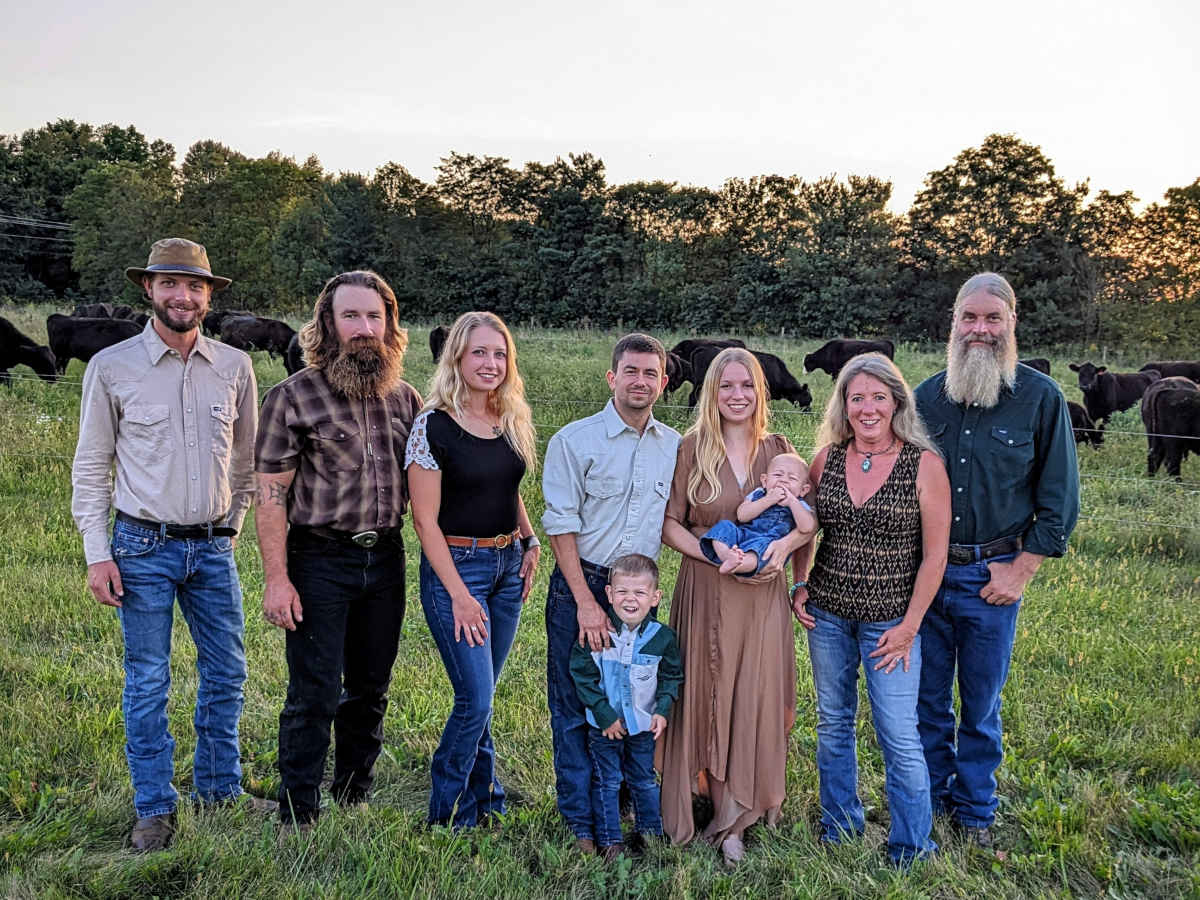
John (1st Generation): The visionary who grew up surrounded by the rhythms of agriculture on his grandparents' farm. After a stint in industrial/commercial AG post-high school, he decided to forge his path. In the early 2000s, he embarked on the journey of raising grass-fed beef. By 2020, a significant portion of our farm had transitioned to regenerative practices.
Jenny: Partner in the farming venture, bringing dedication and passion to the sustainable agriculture movement.
Jordan and Jared: The next generation, adding fresh perspectives and enthusiasm to the family's agricultural legacy.
Discover Hays Family Farm:
Farm Name: Hays Family Farm
Website: www.haysfamilyfarm.net
Facebook Page: Hays Family Farm
Roots in Agriculture Since 2002:
Embarking on this agricultural adventure in 2002, the Hays family has deepened their connection with the land over the years. Although not a designated Hoosier Homestead Farm, our commitment to sustainable practices is unwavering.
Generational Legacy:
Proudly standing as the 2nd generation on this farm, we carry forward the lessons, values, and dedication passed down from our farming ancestors.
The Farming Story:
John's journey began with a vision deeply rooted in his childhood. Growing up among the fields and livestock of his grandparents' farm, he knew farming was his calling. The path led him to industrial/commercial AG after high school, but the call of sustainable, regenerative farming beckoned. In the early 2000s, the first seeds of grass-fed beef were sown, and by 2020, regenerative practices were taking root across the farm. Today, a harmonious blend of pork, chicken, eggs, and grass-fed beef embodies our commitment to providing wholesome, community-strengthening nourishment.
Sustainable Farming Practices:
Welcoming visitors to Hays Family Farm means offering a glimpse into our regenerative farming practices. Farm tours are a journey through daily adaptive grazing for cattle, where chickens play a vital role in the symbiotic relationship that regenerates our soil.
Mission and Vision:
Our mission is simple but profound: to be stewards of the land, prioritizing healthy soils, vibrant plants, happy animals, and, in turn, fostering the health of our community.
Proudest Accomplishments:
A testament to our commitment is the successful transformation of hay fields and grass-fed pastures into regenerative landscapes. The adoption of regenerative farming practices and adaptive grazing techniques has redefined our approach to agriculture.
Farming Highlights:
Diverse Harvest: From horseradish and herbs to broccoli and tomatoes, our fields have embraced diversity.
Learning from Mistakes:
Monoculture row crops, including field corn and soybeans, were tried and deemed a less-than-ideal venture.
Family Achievements:
Our involvement in FFA and 4-H extends to the next generation. Jessica, part of the second generation, achieved the prestigious title of Supreme Showman at the county fair and went on to become the third runner-up fair queen and a state FFA officer.
A Humorous Farming Tale:
In 2021, the family embarked on the ambitious project of converting hay fields into regenerative pastures, situated prominently near a main highway. The local farming community was abuzz with skepticism. However, within just two years, the success in pasture fertility not only silenced the doubters but also sparked interest among neighbors keen on adopting similar regenerative practices.
